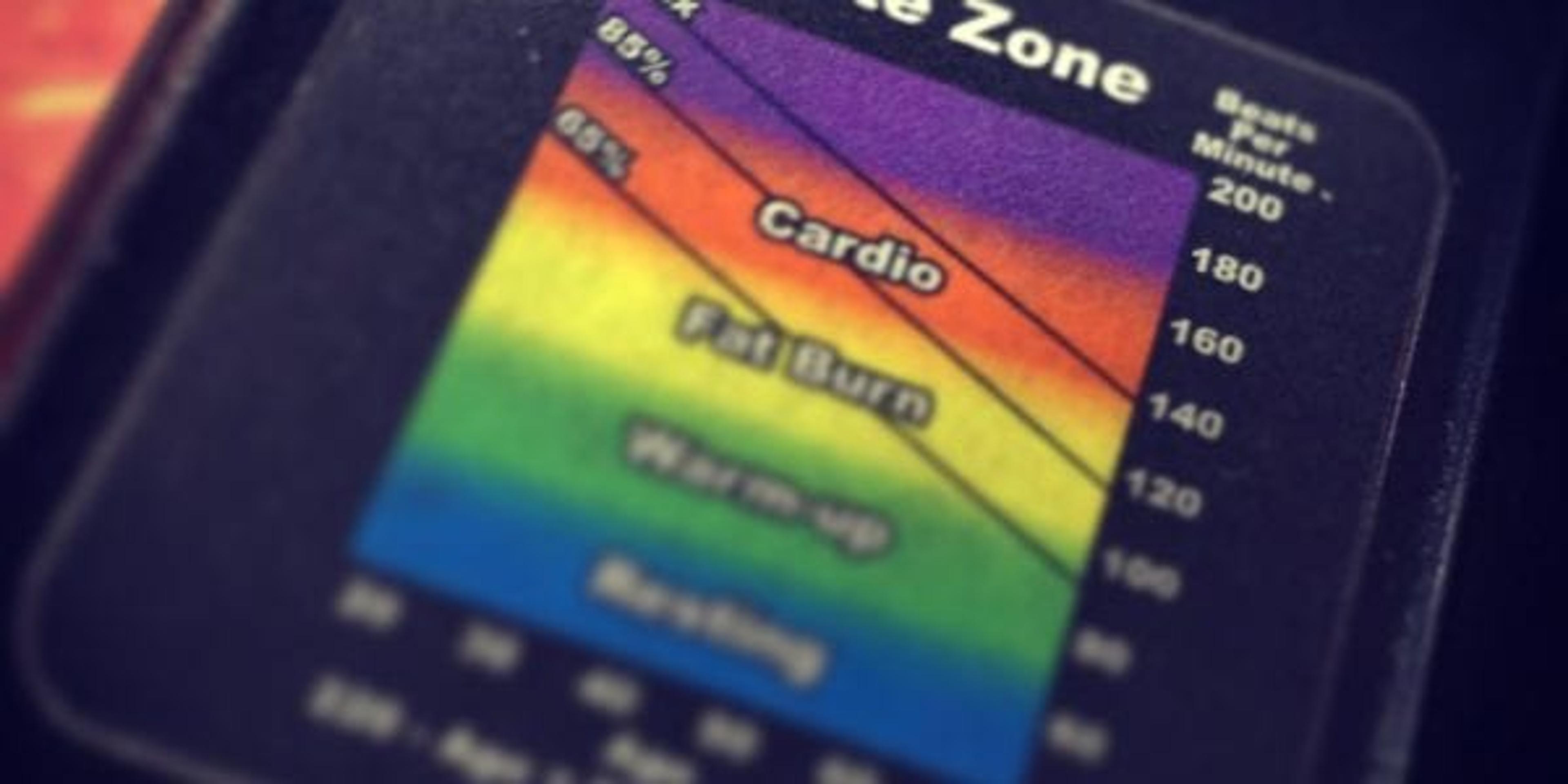How Heart Rate Zones Impact Your Workout Results
3 min read

Have you ever finished a workout and wondered if you challenged yourself enough? Knowing your heart rate can tell you a lot about the intensity of your exercise and what kind of results you are likely to see.
Working out at different heart rate zones can help you achieve different results based on your fitness goals. For example, high-intensity workouts tend to build more endurance, while moderate intensity workouts may result in more calories burned from fat.
When I was training for the Detroit Free Press International Half Marathon, I noticed more weight loss as I got into the final weeks of my training, which included longer distance runs at a steady moderate pace.
Val Fiott, director of operations and client services for Perfect Personal Training, says determining a person’s target heart rate zones is not as straightforward as you might think.
“There are individual factors such as medical conditions, prescription medications and general exercise performance that affect a person’s maximum heart rate,” said Fiott. “It really differs for everyone.”
Although the zones vary, Fiott shared some general insight on the benefits of working out in different heart rate zones for an average healthy adult:
- Under 60% of Max Heart Rate: Not much fat burning and few health benefits unless a person has been very sedentary.
- 60-75% of Max Heart Rate: This is the fat burning zone and also where you are conditioning the heart. In general, this zone burns more calories per minute than other zones.
- 75-80% of Max Heart Rate: This zone burns a good amount of body fat, but the percentage of calories burned from fat tends to drop. However, this zone does more to improve heart capacity and cardiovascular performance as opposed to burning fat calories.
- 90% of Max Heart Rate and Above: While there can be strong benefits of working out in this zone, there are also strong risks. Fiott says this zone is not recommended for more than about 30 seconds.
The American Heart Association shares tips on how to measure your heart rate here. You can also purchase a wearable heart rate monitor, though Fiott recommends doing your research.
“There are so many on the market now and they perform differently based on where someone is training,” said Fiott. “Some are good at picking up fast heart rates, but are not quite as accurate in the lower zones. Just because it’s more expensive doesn’t mean it’s more accurate.”
Fiott adds that working with a certified trainer can give you the most accurate picture of your target heart rate zones and how to maximize your workouts based on your fitness goals.
Blue Cross Blue Shield of Michigan and Blue Care Network customers can receive 10 percent off Perfect Personal Training in-home services with HealthyBlueXtras.
If you liked this post, you may be interested in:









